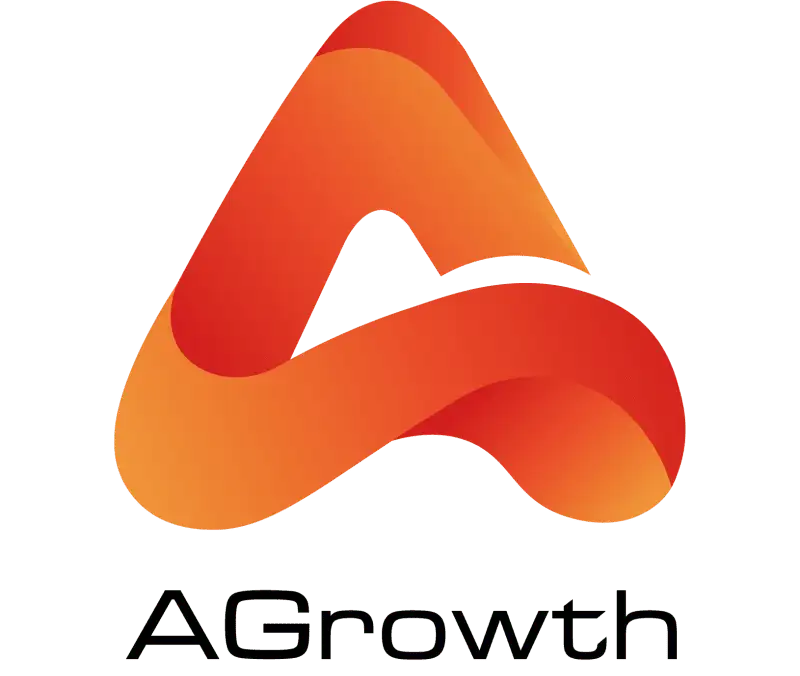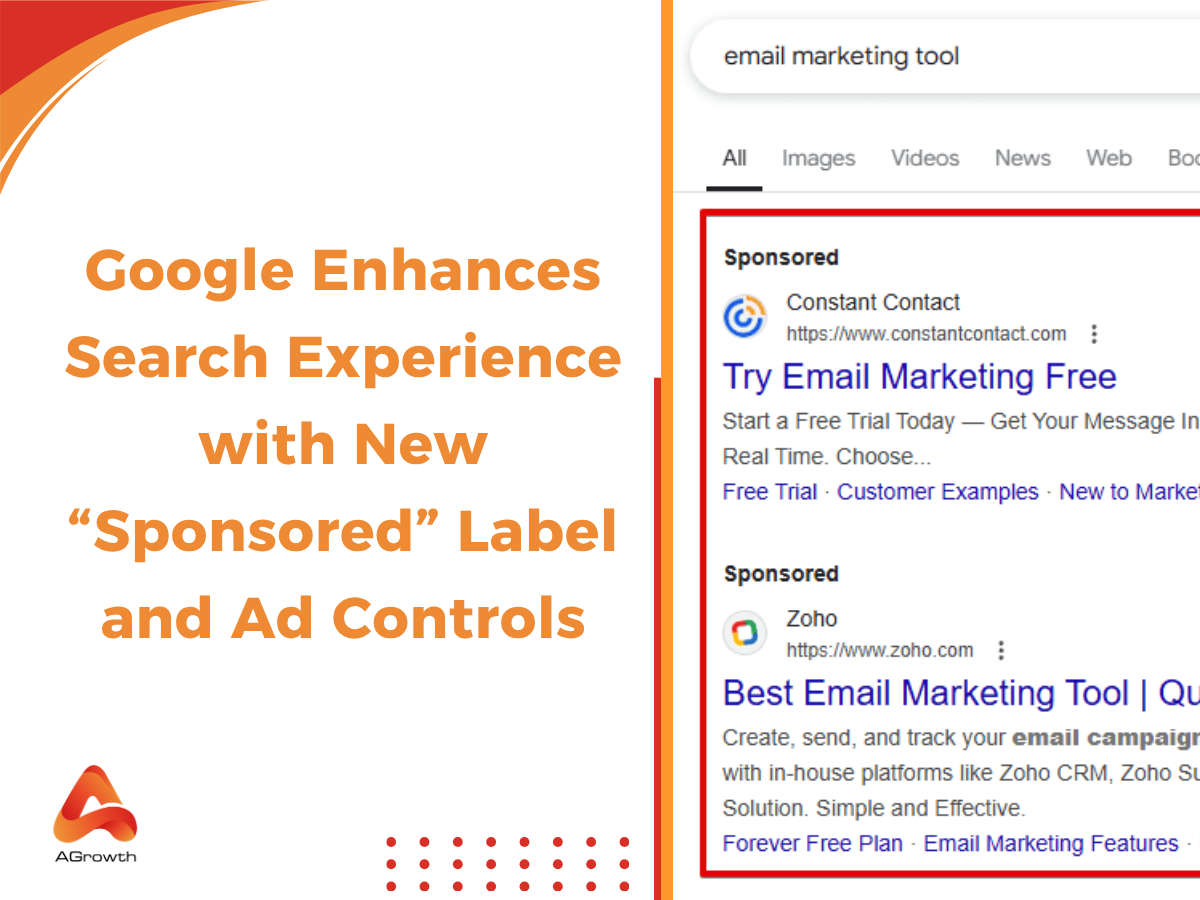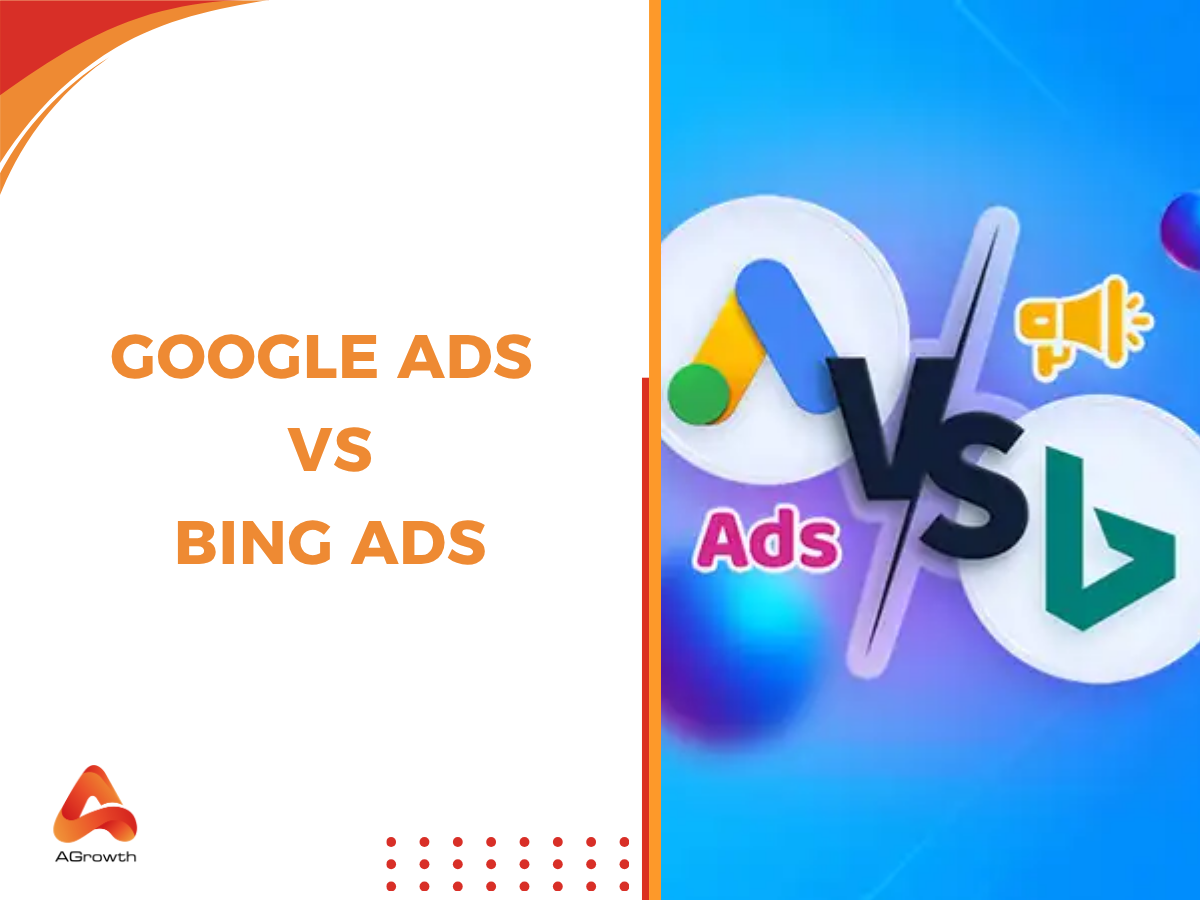
Table of Contents
What Google Display Ad Sizes Should You Use in 2025
As seasoned advertisers know, the Google Display Network reaches over 90% of global internet users across millions of websites, apps, and Google-owned properties like YouTube and Gmail. However, simply having access to this vast network isn't enough—your creative assets must be optimized for the specific ad placements and devices where they'll appear. This comprehensive guide will equip you with the data-driven insights needed to make informed decisions about display ad sizing in 2025, ensuring your campaigns achieve maximum performance and ROI.
Why Ad Sizes Matter in Google Display Network
Before diving into the exact dimensions, it’s essential to understand why ad sizes are so important in the Google Display Network (GDN). Ad size impacts three core areas: visibility, engagement, and conversion.
First, the reach of your campaign depends heavily on ad size. Larger, more popular sizes are accepted on more websites, which means your ads have greater exposure. According to Google Ads Support, publishers often reserve premium placements for standard, widely used banner sizes.
Second, ad sizes affect CTR. Ads that fit naturally into content layouts are more likely to capture user attention and drive clicks. For example, medium rectangles (300x250) consistently outperform less common formats.
Finally, ad sizes influence brand visibility. Wide banners such as 728x90 or large leaderboards like 970x250 provide strong branding opportunities, especially for desktop campaigns.
It’s also worth noting that desktop and mobile display inventory differ significantly. While a 728x90 leaderboard works well on desktop, mobile requires optimized formats like 320x100 or responsive display ads.
List of All Google Display Ad Sizes
Google supports a wide range of ad sizes across different formats. These formats fall into several categories, such as image ads, responsive ads, and app-specific ads. Below is a structured breakdown:
Image Ads
These are static or animated image-based creatives that advertisers upload in predefined sizes. They remain the backbone of the Display Network.
-
300 x 100 (small rectangle): Works well for compact placements and mobile-friendly spots.
-
750 x 300 (large leaderboard): A wide format that captures attention on desktop pages.
-
750 x 200 (banner): Ideal for medium-sized horizontal placements.
-
750 x 100 (slim banner): Good for subtle branding messages across the top of content.
-
950 x 90 (leaderboard): Perfect for site headers with strong visibility.
-
88 x 31 (micro button): Tiny ad size, often used for badges or small CTAs.
-
220 x 90 (rectangle banner): A balance between compact and visible display.
-
300 x 31 (mini banner): Works well for minimalist campaigns.
-
980 x 90 (wide leaderboard): A strong top-of-page placement for brand awareness.
-
240 x 133 (medium rectangle): Often used in content-heavy pages for balance.
-
200 x 446 (vertical rectangle): Tall layout suited for sidebar campaigns.
-
292 x 30 (micro horizontal): Good for very narrow ad slots.
-
960 x 90 (leaderboard): Similar to 970 x 90, effective for horizontal placements.
-
970 x 66 (large horizontal): Good for brand messages on wider screens.
-
300 x 57 (small banner): Compact banner for mobile or desktop bottom bars.
-
120 x 60 (button banner): A classic size for small clickable promotions.
-
320 x 400 (mobile rectangle): Popular for in-app and mobile placements.
-
600 x 314 (medium landscape): Works well for image-heavy ads.
-
468 x 60 (classic banner): One of the oldest and most recognized ad sizes.
-
728 x 90 (leaderboard): High visibility, widely supported across Google Display.
-
250 x 250 (square): Flexible square ad, often used in content blocks.
-
200 x 200 (small square): Compact square for tighter placements.
-
336 x 280 (large rectangle): High-performing format, often recommended by Google.
-
300 x 250 (medium rectangle): The most widely used and best-performing display size.
-
120 x 600 (skyscraper): Tall and slim, fits well into sidebars.
-
160 x 600 (wide skyscraper): A more impactful version of the classic skyscraper.
-
320 x 50 (mobile leaderboard): Standard for mobile banners.
-
320 x 100 (large mobile banner): Provides more space than 320 x 50.
-
300 x 50 (mobile mini banner): Lightweight and unobtrusive.
-
425 x 600 (vertical medium): Useful for portrait-style placements.
-
300 x 600 (half-page ad): Strong engagement due to large visual area.
-
970 x 90 (super leaderboard): Premium placement, often reserved for top advertisers.
-
240 x 400 (vertical rectangle): Balanced height for sidebar visibility.
-
980 x 120 (panorama): Wide-format for desktop branding campaigns.
-
930 x 180 (large leaderboard): Wide banner for strong visual impact.
-
250 x 360 (rectangle block): Flexible mid-size option.
-
580 x 400 (large rectangle): Ideal for visually rich creative.
-
300 x 1050 (portrait): One of the tallest formats, dominating the sidebar.
-
480 x 320 (mobile rectangle): Well-suited for in-app and responsive placements.
-
320 x 480 (mobile portrait): Full-screen mobile ad for strong engagement.
-
768 x 1024 (tablet portrait): Best fit for tablet display placements.
-
1024 x 768 (tablet landscape): Works across horizontal tablet layouts.
-
480 x 32 (micro banner): Extremely slim ad format.
-
1024 x 90 (tablet leaderboard): Tablet-optimized horizontal banner.
-
970 x 250 (billboard): Premium size for high-impact brand campaigns.
-
375 x 50 (mobile banner): Fits well on modern smartphone screens.
-
414 x 736 (mobile full-screen): Optimized for iPhone screens.
-
736 x 414 (landscape mobile): Works for larger mobile devices in horizontal view.

Responsive Display Ads (Image-based)
These ads automatically adjust to available inventory. You provide multiple assets, and Google combines them dynamically.
-
Square (1:1 aspect ratio) – Recommended at 1200 × 1200 px or higher.
-
Landscape (1.91:1 aspect ratio) – Recommended at 1200 × 628 px or higher.
-
Portrait (4:5 aspect ratio) – Recommended at 960 × 1200 px or higher.
Instead of uploading every single size, responsive ads adapt to nearly all available slots across devices.
Responsive display ads automatically adjust to different placements, but not every format works the same way. Learn more about the full range of Google Display Ads formats and how they compare.
App Install Ads
These formats are designed to promote app downloads directly from the Google Play Store or Apple App Store.
-
320 × 50 (Mobile Banner) – Works well for small mobile placements.
-
320 × 100 (Large Mobile Banner) – Offers better visibility than 320×50.
-
300 × 250 (Medium Rectangle) – Popular for both mobile apps and websites.
-
728 × 90 (Leaderboard) – Best for tablets or larger mobile screens.
App Ads for Engagement
Focused on driving active usage from existing app users (e.g., bringing them back into the app).
-
300 × 250 (Medium Rectangle) – Standard in-app engagement format.
-
320 × 50 (Mobile Banner) – Small but widely supported for in-app campaigns.
-
468 × 60 (Banner) – Legacy option for in-app placements.
App Ads for Installs (Alternative Units)
These are additional ad sizes that appear in specific app environments, including interstitials and landscape units.
-
320 × 480 (Mobile Interstitial, Portrait) – Full-screen vertical experience.
-
480 × 320 (Mobile Interstitial, Landscape) – Full-screen horizontal view.
-
768 × 1024 (Tablet Portrait) – Optimized for tablets.
-
1024 × 768 (Tablet Landscape) – Larger tablet screen placements.
-
414 × 736 / 736 × 414 (Large-screen phones) – Tailored for bigger mobile devices.
Video Ads
Video ads on the Google Display Network (including YouTube and partner sites) are delivered in multiple formats. They can appear in-stream, in-feed, or as outstream units across mobile and desktop.
-
300 × 250 (Video Companion Banner) – A common display banner that appears alongside in-stream video ads, reinforcing brand messaging.
-
336 × 280 (Large Rectangle Video Banner) – Provides more room for companion visuals when running video campaigns.
-
468 × 60 (Video Banner) – Legacy unit, still supported in some placements.
-
728 × 90 (Video Leaderboard) – Positioned above or below the video player, ideal for reinforcing brand visibility.
-
970 × 250 (Video Billboard) – Premium unit often combined with video for high-impact awareness campaigns.
-
300 × 600 (Half-Page with Video) – A tall format suitable for companion creatives, especially when highlighting video CTAs.
-
320 × 50 / 320 × 100 (Mobile Video Banner) – Optimized for mobile video placements, often appearing below the player or as overlays.
-
In-stream aspect ratios (16:9, 4:3, vertical 9:16) – For the actual video file itself; recommended resolutions are 1920 × 1080 (HD landscape), 1080 × 1920 (vertical), or 1280 × 720 (standard HD).
AGROWTH - GOOGLE AGENCY ACCOUNT
⭐ Managed campaigns with expert guidance
⭐ Flexible invoice-based billings, custom top-ups
⭐ High resistance to suspension via agency tier
⭐ Quick fund transfer to new account if needed
⭐ Priority support via Google Partner channel
⭐ Lower fees from 3-5%
⭐ Eligible for bonus credit up to $384
Standard Google Ads Banner Sizes
When running Google Display campaigns, choosing the right banner size can significantly impact visibility and click-through performance. While there are countless ad dimensions available, a few standard sizes consistently outperform others thanks to their flexibility, compatibility, and high engagement rates. Below are the most widely used formats and why they matter:
300 x 250 (Medium Rectangle)
The 300 x 250, often called the Medium Rectangle, is one of the most popular ad sizes across the web. Its balanced dimensions make it versatile — fitting seamlessly within content sections, sidebars, or at the end of articles. Because it works well on both desktop and mobile, advertisers frequently choose this format for scalability and cost efficiency. It’s ideal for campaigns aiming to blend naturally with editorial content while still driving strong engagement.
728 x 90 (Leaderboard)
Known as the Leaderboard, this banner size is most commonly placed at the very top of web pages. At 728 x 90 pixels, it spans horizontally across the screen, making it highly visible to desktop users. This format is especially effective for brand awareness campaigns, as it grabs attention immediately upon page load. It is also excellent for promoting offers, events, or call-to-action messaging that needs to be front and center.
336 x 280 (Large Rectangle)
Slightly bigger than the Medium Rectangle, the 336 x 280 Large Rectangle provides more real estate for visuals and text. It performs particularly well when placed within article content or alongside editorial sections, where users are already engaged. Its larger size helps brands stand out without being intrusive, making it a top-performing option for advertisers aiming for a balance between user experience and visibility.
300 x 600 (Half Page)
The Half Page Ad (300 x 600) offers a vertical layout that dominates the sidebar space of most websites. With nearly double the height of standard formats, it allows advertisers to deliver rich creative storytelling, showcase multiple products, or emphasize bold brand visuals. Because of its size, it often achieves higher viewability rates, making it a premium choice for campaigns focused on brand recall and stronger impact.
320 x 100 (Large Mobile Banner)
As mobile traffic continues to grow, the 320 x 100 Large Mobile Banner has become essential for advertisers targeting smartphone users. Positioned in landscape view, this format delivers clear messaging without overwhelming the mobile screen. It is especially effective for driving quick conversions, such as app installs or mobile purchases, thanks to its ability to display clear CTAs in a compact yet visible way.

Best Performing Google Ads Display Sizes
Before diving into the actual dimensions, it’s important to understand why certain ad sizes perform better. According to industry analyses, the size of your banner directly impacts reach, viewable impressions, and click-through rates (CTR). By prioritizing the most effective and widely accepted formats, advertisers can avoid wasting budget on placements with low visibility or engagement.
-
300 × 250- Medium Rectangle: Often referred to as the “workhorse” of the Display Network, this ad size is one of the most versatile and widely used formats. It performs well across both desktop and mobile placements, ensuring broad coverage.
-
336 × 280 - Large Rectangle: Slightly larger than the Medium Rectangle, this format provides more creative space and tends to attract more attention when embedded within content or at the bottom of articles.
-
728 × 90 - Leaderboard: Positioned at the top of a webpage, the leaderboard is among the first ads users see. This premium visibility often translates into stronger brand recall and above-average CTR.
-
300 × 600 - Half-Page Ad: Sometimes called a “large skyscraper,” this format provides significant screen real estate, making it ideal for storytelling and brand awareness campaigns. Its size ensures strong visibility and engagement.
-
320 × 100 - Large Mobile Banner: As mobile traffic continues to dominate, this size has become one of the best performers. It offers more design space than the traditional 320×50 banner, improving CTR without disrupting the user experience.
-
320 × 50 (Mobile Leaderboard) – The mobile workhorse—widely used with consistent delivery and exposure.
250 × 250 & 200 × 200 (Square formats) – Useful for flexible placements; 250×250 offers more creative space than its smaller counterpart. -
970 × 90 (Large Leaderboard) – A premium format for high-visibility header placements on major sites.
Best Practices for Choosing Display Ad Sizes
Now that you know the standard and best-performing sizes, the next step is implementation. Choosing the right mix of ad sizes is key to maximizing performance. Let’s break it down:
Use Multiple Sizes for Coverage
Instead of relying on a single format, upload creatives in various sizes. This ensures your ads appear across more sites and devices, increasing reach.
Prioritize Popular and Responsive Formats
Focus on high-performing formats like 300x250, 728x90, 300x600, and 320x100, and always include Responsive Display Ads to cover gaps.
Optimize for Mobile and Desktop Separately
Consider where your target audience spends more time. If mobile accounts for the majority of impressions, prioritize mobile-friendly ad sizes.
Run A/B Testing
Experiment with different ad sizes and placements to see which formats deliver the best CTR and conversion rates for your campaigns.
Keep File Sizes Optimized
Ensure banners load quickly. Google recommends keeping file sizes under 150KB for image ads.
If you want to go beyond just ad size and learn about creative variations, check out our analysis on Google Ads Display Ads Format.
FAQs
Which display ad sizes perform the best?
While performance can depend on the campaign, industry data consistently shows that the following sizes deliver the best results in terms of visibility and click-through rates (CTR):
-
300 x 250 (Medium Rectangle): Highly versatile and blends well with content.
-
336 x 280 (Large Rectangle): Offers more creative space and stands out.
-
728 x 90 (Leaderboard): Excellent for brand awareness at the top of pages.
-
300 x 600 (Half Page): Dominates sidebar space for high-impact messaging.
-
320 x 100 (Large Mobile Banner): A top performer on mobile devices.
What is the best Google Display Ad size for mobile devices?
The best and most effective ad size specifically for mobile is the 320 x 100 (Large Mobile Banner), as it provides more space for messaging than the traditional 320 x 50 banner without being intrusive. The 300 x 250 (Medium Rectangle) also performs exceptionally well on mobile web pages.
Should I use fixed-size banners or Responsive Display Ads?
For the best results, you should use both. Responsive Display Ads (RDAs) provide the maximum reach by automatically adjusting your assets to fit almost any available ad space. However, you should also create fixed-size banners for the top-performing dimensions (like 300x250 and 728x90) to ensure your creative appears exactly as intended in premium placements.
What are the essential image aspect ratios for Responsive Display Ads?
To run Responsive Display Ads, you must provide images in at least two key aspect ratios:
-
Landscape (1.91:1): Recommended size of 1200 x 628 pixels.
-
Square (1:1): Recommended size of 1200 x 1200 pixels.
It is also highly recommended to include a Portrait (4:5) image (960 x 1200 pixels) to maximize your reach in vertical placements.
What is the maximum file size for Google Display Ads?
To ensure your ads load quickly and provide a good user experience, Google requires that image ad files be no larger than 150 KB. Optimizing your images to be well under this limit is a best practice.
Related post:









Your comment